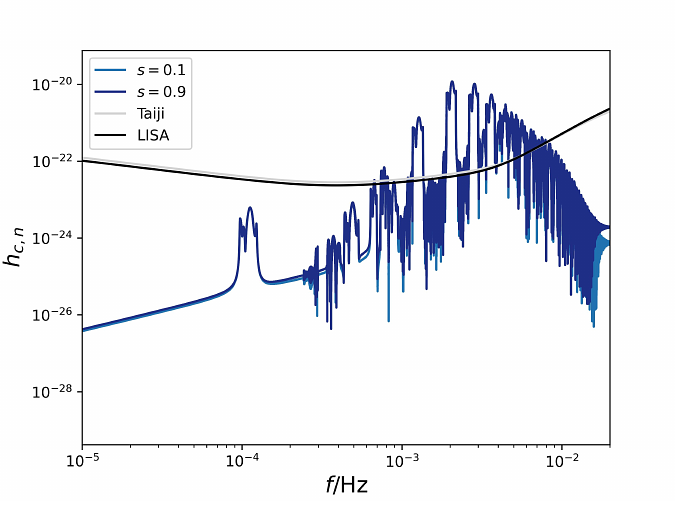Secondary spins of extreme mass ratio inspirals: Measurement precision and astrophysical applications

Secondary spins of extreme mass ratio inspirals: Measurement precision and astrophysical applications
Qiuxin Cui, Wen-Biao Han, Zhen Pan
AbstractExtreme mass-ratio inspirals (EMRIs), consisting of a secondary (stellar mass) black hole (BH) orbiting around a supermassive BH, are one of the primary targets for future spaceborne gravitational wave (GW) detectors. The spin of the secondary BH encodes the formation history of the stellar mass BH and the formation process of the EMRI. In this work, we construct a kludge EMRI waveform model taking the secondary spin into account and forecast the measurement precision of the secondary spin by future spaceborne GW detectors with the Fisher information matrix. We find the secondary spin should be measured with a reasonably good precision for generic eccentric and inclined EMRIs, though the measurement precision largely degrades for low-eccentricity and nearly equatorial EMRIs. As an example of its astrophysical applications, we propose that the secondary spin can be used for distinguishing dry (loss cone) EMRIs (where the secondary BHs were born in the collapse of individual massive stars and are of low spin) and Hills EMRIs (where the secondary BHs are remnants of massive star binaries and the secondary spins follow a bimodal distribution).